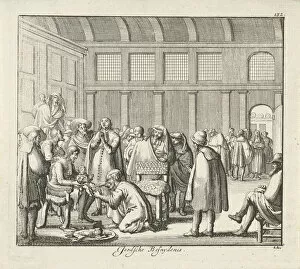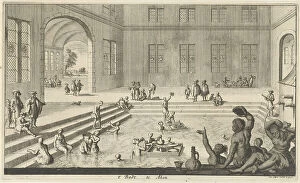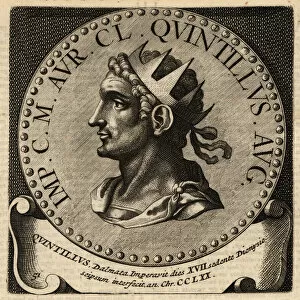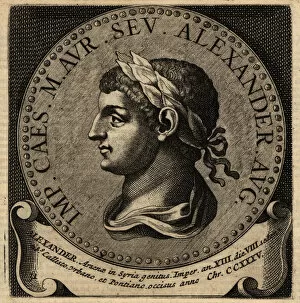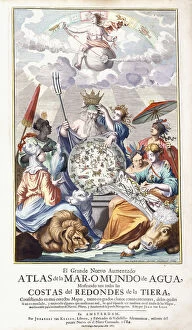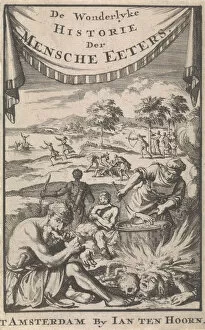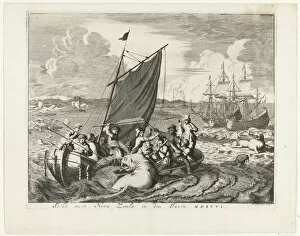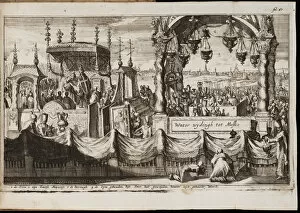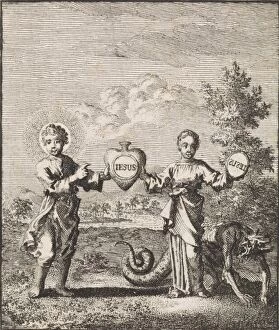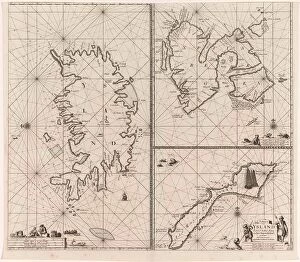Luyken Collection
"Luyken: A Multifaceted Artist Capturing History and Emotion" Jan Luyken, a renowned artist from the 17th to early 18th century
For sale as Licensed Images
Choose your image, Select your licence and Download the media
"Luyken: A Multifaceted Artist Capturing History and Emotion" Jan Luyken, a renowned artist from the 17th to early 18th century, left an indelible mark on the art world with his diverse range of works. While not much is known about his personal life, his artistic legacy speaks volumes. One of Luyken's notable pieces is "The Tearing of the Temple Curtain, " created in 1703. This captivating artwork depicts a significant moment in Jewish history—the tearing of the temple curtain during Jesus' crucifixion. Luyken's attention to detail and skillful brushstrokes bring this pivotal event to life. In addition to religious themes, it also ventured into portraiture. His portraits of Roman Emperors Constantius I, Quintillus, Decius, and Severus Alexander showcase his ability to capture their regal essence with precision and finesse. These paintings offer a glimpse into ancient history through Luyken's artistic lens. Luyken's versatility extends beyond religious scenes and historical figures; he also delved into allegorical illustrations like "Allegorical title-page" from El Grande Nuevo Aumentado Atlas de la Mar. This intricate piece showcases his ability to convey complex ideas through symbolism and imagery. However, it was not just grandeur that fascinated Luyken; he also explored darker aspects of human existence. In "The wonderful history of human eaters, " created in collaboration with A. Magyrus in 1696, he depicted the horrors faced by people during famine—such as mothers showing warriors the remains of their eaten children—a haunting reminder of humanity's capacity for cruelty. Another poignant work by Jan Luyken is "The Famine in Germany. " Created by Caspar Luyken (possibly related), this piece portrays the devastating effects of hunger on society—an unflinching portrayal that serves as a reminder of the fragility of life.

